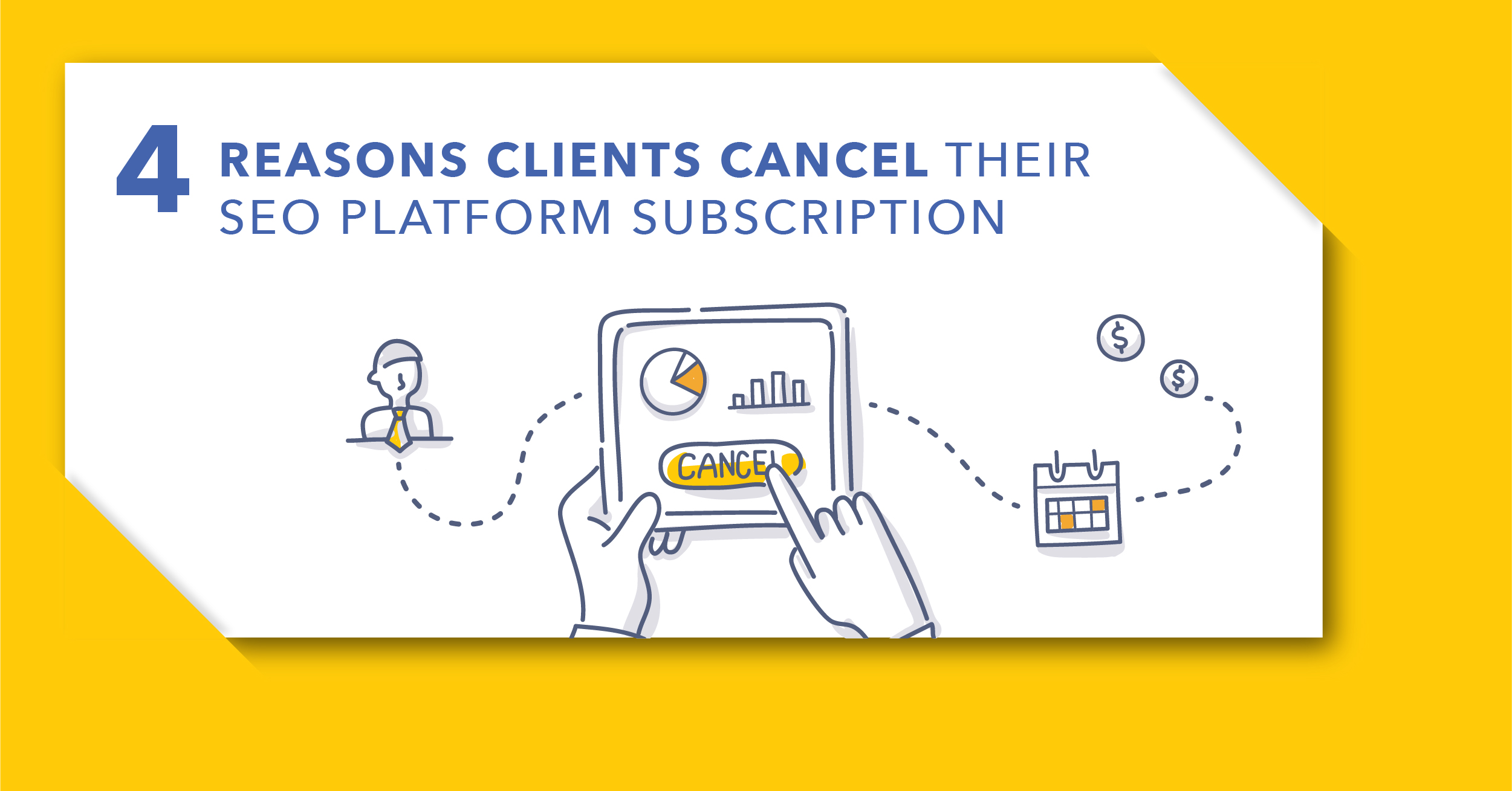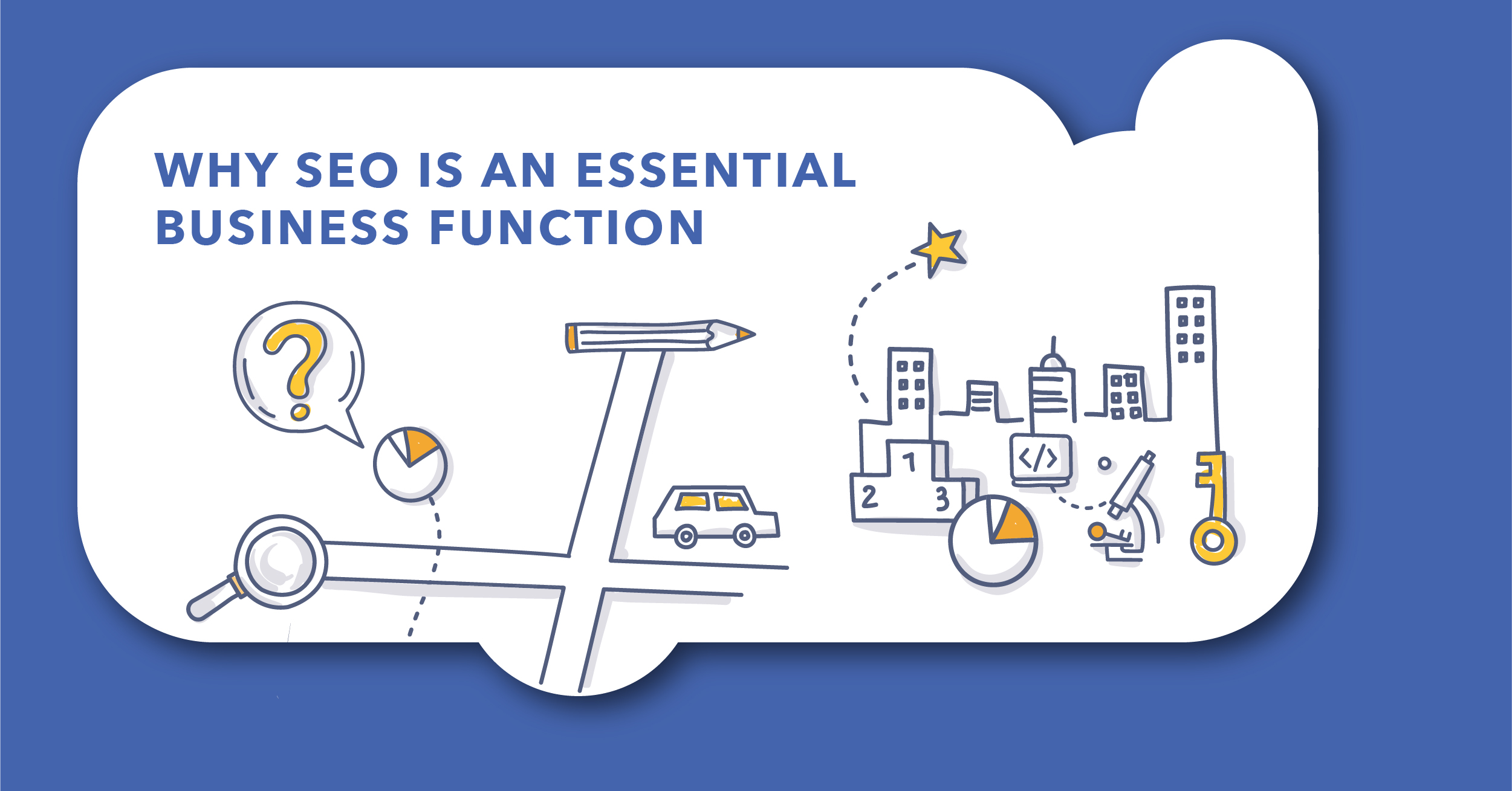It’s true that custom data extracts and APIs can both be used to pull out keyword ranking data from an SEO platform or rank tracking tool.
However, the two are often used interchangeably despite there being inherent differences between the two methods of extraction and delivery.
In the world of SEO, marketing, IT, and all around data-centered industries, the term API is used as an all-encompassing buzzword of sorts that causes some confusion.
People think they need an API because they hear the term so frequently, but often don’t understand what goes into it.
See, even though both methods are used for ranking data extraction from one platform and the integration of that data elsewhere, the way in which that data is delivered is not the same.
Understanding the differences between an API and custom extracts will allow you to judge which is the right fit for your situation.
First, Why Do People Want Raw Ranking Data?
Having access to your raw ranking data can allow for more analysis and data-driven insights.
Overall, it offers more flexibility for you to dive in and extract meaning if you have the ability to do so, since raw data tells the complete story whereas some SEO platforms have limits in their user interface to tell a cohesive story.
In-house data can be used for:
- Multi-channel marketing attribution: see if other channels are affecting the SEO channel.
- Market research: use the SEO data to understand the market as a whole.
- Internal reporting: create a report that all teams can use. An example of this would be the paid search team using SEO data to inform their own decisions.
Now, going back to our main question: which method for getting that data in-house is the better option for you? Below you’ll find the advantages and disadvantages of both APIs and custom data extracts.
What is an API?
API stands for Application Program Interface. It’s essentially the rules and formatting of taking data out of a system. These rules and guidelines determine the kinds of data, requests, data formats, etc.
They’re really ideal for light data. For example, if you type in the target page, it will pull the HTML with the raw data.
When people need their data pulled, they tend to automatically say that they need an API. APIs can be robust and useful, if someone on your team knows how to handle it. Here’s what you need to know about this method of data extraction:
Pros of APIs:
Pro: APIs can be robust, real-time data connectors. At seoClarity, we’re developing a new version of the API that will be useful for a number of clients.
Pro: You can also use APIs to get trended ranking data for a keyword. If you want the summary data of a keyword tag, an API can do that.
Pro: Since APIs are pre-defined, some systems have pre-built integrations that will work with the API.
Cons of APIs:
Con: Most clients don’t have the ability to set up an API and automate it. There are tools (like Postman) that allow you to use API queries against a system, but even these tools require an initial setup.
Sorting through documentation and trying to figure out how these things work is time consuming. All around, it’s a more complicated process. That goes for it’s setup and subsequent automation, too.
Con: Most queries have a limit (e.g. 10,000 rows of data). This goes back to the pro of APIs being ideal for light data. Here’s an example of this limitation: If you are an enterprise site that tracks 100,000 keywords and you want the trended ranking data for all of those keywords, you would have to query 100,000 times per day, every day.
If the rate is 1 per second, it is still not going to finish in a single day. Bulk export is the ideal approach here because it is more reliable and less time consuming.
Con: API has a limited number of formats, so it’s not going to be efficient for everyone.
What is a Custom Data Extract?
Custom data extracts are well defined data pulls from an SEO platform that are defined as how you want them to be. You specify the ranking data that you want, and your SEO platform’s team (like us here at seoClarity) can set it up for you.
Let’s jump into the pros and cons of custom extracts.
Pros of Custom Data Extracts
Pro: Custom data extracts are easier to manage because the SEO platform takes care of all set up and requests. For example, at seoClarity our clients tell us what they need and we take care of everything else — including the set up of a recurring extract.
In the end, custom data extracts allow for more flexibility. Clients simply intake the files in their preferred method: Excel, a BI tool, etc.
Pro: There are no data limits with custom data extracts, so they can handle loads of information. The only factor that affects capability limits is what your computer can handle.
Pro: A large pro of custom extracts is that they work with a variety of different formats. This increases the overall efficiency of the process so you can intake the raw data in a way that is most suitable for you.
Cons of Custom Data Extracts
Con: A negative for custom data extracts is — like APIs — the intake of so much raw data. Since there are different methods of doing so (e.g. FTP, email, Amazon S3 bucket, etc.), you need to have an established process for ingesting the data. Once you have this procedure established, it becomes less of a con as it becomes standard practice.
Cost of Ranking Data Extracts or API
Most ranking providers charge extra for data extracts and APIs. Be sure to ask if it’s included in your keyword query rate or if it’s extra.
Recommended Reading: Buying an SEO Platform: What to Expect When it Comes to Historical Data
Also, you want to make sure you understand what data is included in that extract. Does it include just your rank position and URL?
Does it include the top 10 or all 100 results? If you have competitor tracking, are those competitor rankings included. Most clients we work with switched to seoClarity because of these extra fees.
Other companies may nickel and dime you for API ranking data which can quickly add up, especially for enterprise sites that track thousands or hundreds of thousands of keywords (or more!).
We’ve heard from clients that other providers’ fees ranged anywhere from $0.03-$0.05 and up extra per keyword query.
At seoClarity, our infrastructure is built on Clarity Grid™ which allows the capability to provide ranking data for no additional charge for most subscriptions — it all comes as one flat fee.
After all, it’s your data and you shouldn’t have to pay to pull it out of the interface of the platform. You can learn more on our ranking data API page.
Which is the Better Choice for Your Ranking Data?
At seoClarity we offer both options, but the majority of our clients prefer a daily or weekly export of data extracts to an SFTP (SSH File Transfer Protocol).
This allows clients to take that data in their specified format and ingest it into their established systems. Again, a large advantage of custom data extracts here is flexibility.
An added benefit of using seoClarity over other SEO management platforms is that we set up an SFTP (or FTP) for every profile in the platform. You as a client then have access to this file, which eliminates the need for you to create a specified location for us to send the file to.
Conclusion
Custom data extracts are really where we do all the set up for you. API can be a little more tedious, as it requires more resources.
For instance, when someone requests an API, they then have to go and turn that data into a format that’s digestible by their internal systems. If you have someone on your team that knows API, it may be okay, but keep this in mind.
All around, you want to be as efficient as possible with file transfers like this, and API can be more taxing than a custom extract if you don’t have someone on your team dedicated to the intake of data.
Another point to reiterate: a lot of API is a set number of queries per day, so do keep in mind limitations.
That’s not to say API is never the right option. The choice between the two is going to be situational, depending on factors like the amount of data, preferred format, etc.







1 Comment
Click here to read/write comments